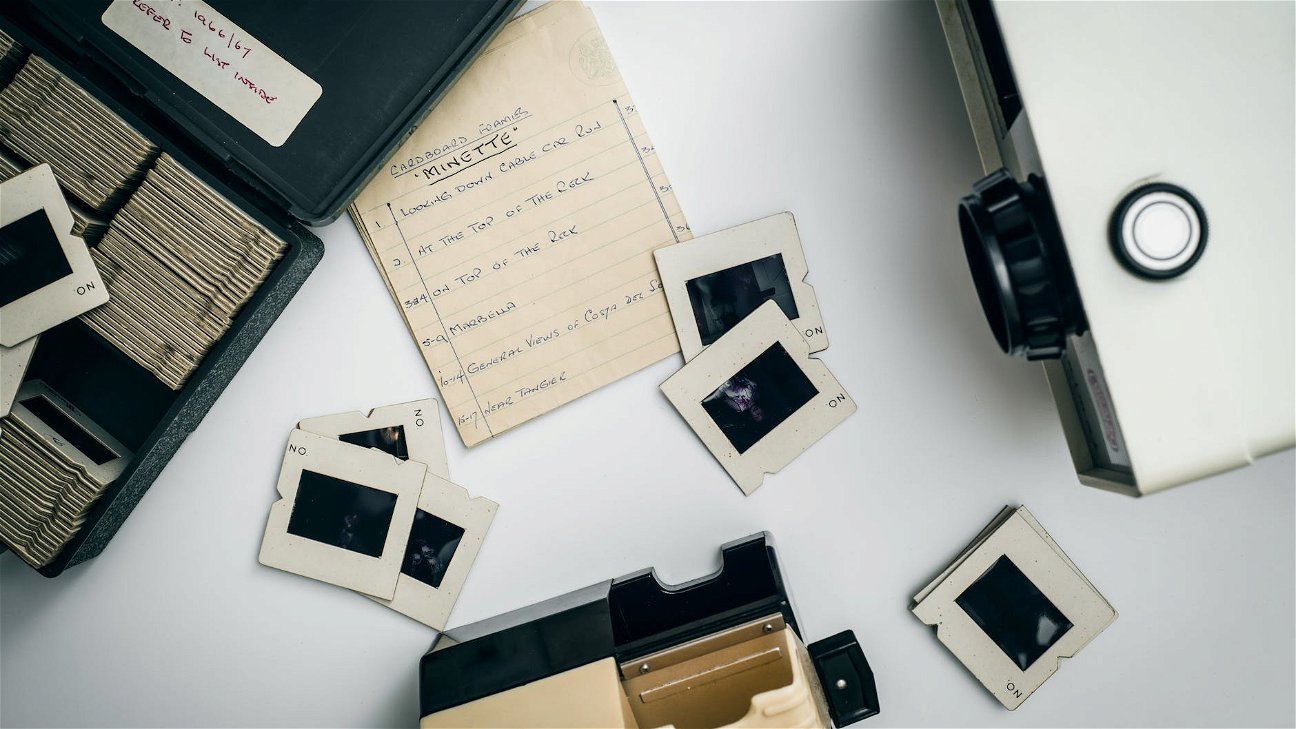
Art has always been a mirror to society, reflecting its values, ideals, and norms. One such reflection has been the depiction of masculinity. From the Herculean bodies of Ancient Greek sculptures to the abstract, formless representations of the modern era, the portrayal of masculinity in art has been a continuous and evolving narrative.
Evolution of masculinity in art
In classical times, art often portrayed men as strong, muscular, and heroic. This was a reflection of the societal values of the time, where physical strength and bravery were seen as the epitome of masculinity. This trend continued into the Renaissance, with artists like Leonardo da Vinci and Michelangelo creating masterpieces that embodied masculine ideals of the time.
By the 19th century, however, the portrayal of masculinity started to change. Artists began to depict men in more diverse roles and emotional states, challenging traditional notions of masculinity. This shift was a response to the societal changes of the time, as industrialization and urbanization started to redefine gender roles.
The 20th century saw a further evolution of masculinity in art. Artists began to experiment with form and abstraction, moving away from realistic depictions of the human body. This was a reflection of the changing ideas about gender and identity, as society started to question and challenge traditional gender norms.
The rise and fall of masculinity in art
The rise and fall of masculinity in art can be traced through the changing depictions of the male body and identity in different periods.
Masculinity in contemporary art
Today, the portrayal of masculinity in art is more diverse and complex than ever. Artists are exploring a wide range of themes related to masculinity, from body image and sexuality to power and vulnerability. The male body is no longer just a symbol of physical strength or heroic virtue, but a canvas for exploring the complexities of gender and identity in the modern world.
In conclusion, the journey of masculinity in art is a fascinating study of societal values and norms. It reflects not only the changing ideals of masculinity, but also the broader changes in society's understanding of gender and identity. As we continue to question and redefine our notions of masculinity, it will be interesting to see how this will be reflected in the art of the future.











